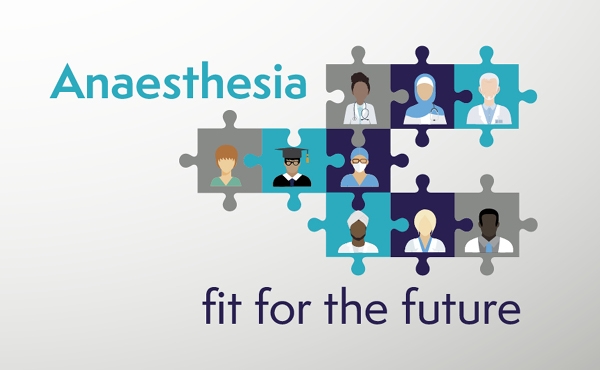In 2021, we released our report ‘Respected Valued Retained – working together to improve retention in anaesthesia’. This warned that one-in-four anaesthetists planned to leave the NHS in the next five years. It investigated the factors affecting retention in anaesthesia and proposed possible solutions to improve retention at individual, employers and systems level.
Summary of recommendations for improving retention of staff in anaesthesia
| What individuals can do |
- Individuals should make use of available resources and take annual leave and time they need to look after themselves and recuperate.
- Individuals requesting flexible working and adjustments should be mindful of the impact of these requests on other team members and should be open to discussing options and solutions with managers and colleagues which work for the whole team.
- Individuals should recognise and be honest about physiological changes that might affect their ability to sustain current job plans and should seek help early.
- SAS and Trust Grade Anaesthetists should proactively use appraisals and yearly reviews of job plans to discuss career progression and agree Personal Development Plans with their appraisers and employers.
- Retired anaesthetists wishing to return should show flexibility and negotiate job plans that work for them, but also benefit the department and colleagues.
|
What
managers
and teams
can do |
- Managers at all levels, including senior, should show compassionate leadership and foster a culture where staff are enabled and encouraged to seek help and the time off they require to improve their wellbeing.
- Managers should consider and support requests for flexible working and LTFT working to improve the work-life balance of staff and have clear policies about flexibilities and retirement options available to staff.
- Anaesthetic departments should actively support the professional development of SAS and Trust Grade Anaesthetists, using appraisals and yearly reviews of job plans to discuss opportunities for career progression available to them, for example the new specialist grade contracts or the Certificate of Eligibility for Specialist Registration.
- Policies for dropping on-call should be equitable for all non-training grade doctors, with due consideration of the intensity of resident on-call requirements.
- Employers should offer regular and tailored conversations about retirement and career plans as part of yearly reviews of job plans, including training for managers to have these conversations.
- Employers should allow changes to working environments and job plans to support employees’ changing physical needs, with support from occupational health services if required.
- Clinical Directors and Managers should regularly and proactively look at the age profile of their anaesthetic workforce to quantify and identify staff approaching retirement and initiate early conversations about retirement plans with these individuals.
- Managers and employers should foster a culture of respect towards senior anaesthetists and encourage a collaborative and team-based approach to flexible working.
|
What
systems
can do |
- Government and NHS Leaders should safeguard the mental and physical wellbeing of NHS staff by setting realistic targets for reducing the waiting lists which allow burnt out staff to recuperate from the effects of the pandemic and enable them to access the resources and time off they need.
- Government should urgently invest in the expansion of the anaesthetic workforce and support an amendment to the Health and Care Bill from MPs which places a stronger duty on the Secretary of State for Health and Social Care to commission regular workforce projections and to act on them.
- NHS Leaders should standardise retention policies across providers, and these should be aimed at encouraging staff to stay in work as long and as healthily as possible and at making all NHS employers equally competitive and attractive places to work.
- Government and NHS Leaders should review how legislation to prevent discrimination on the grounds of age (The Equality Act 2010) applies to NHS employers, so that managers can have conversations around retirement and coming off on-call/overnight rotas without fear of employees raising formal grievances and to facilitate succession planning and retention strategies in departments.
- NHS employers and regulators should strive to remove barriers to retire and return, simplifying the administrative burden and issuing guidance at national level to support the safe return of retired doctors to practice.
- NHS leaders and government should strive to remove perverse pension taxation incentives which essentially encourage doctors to retire, rather than continue to work.
|



